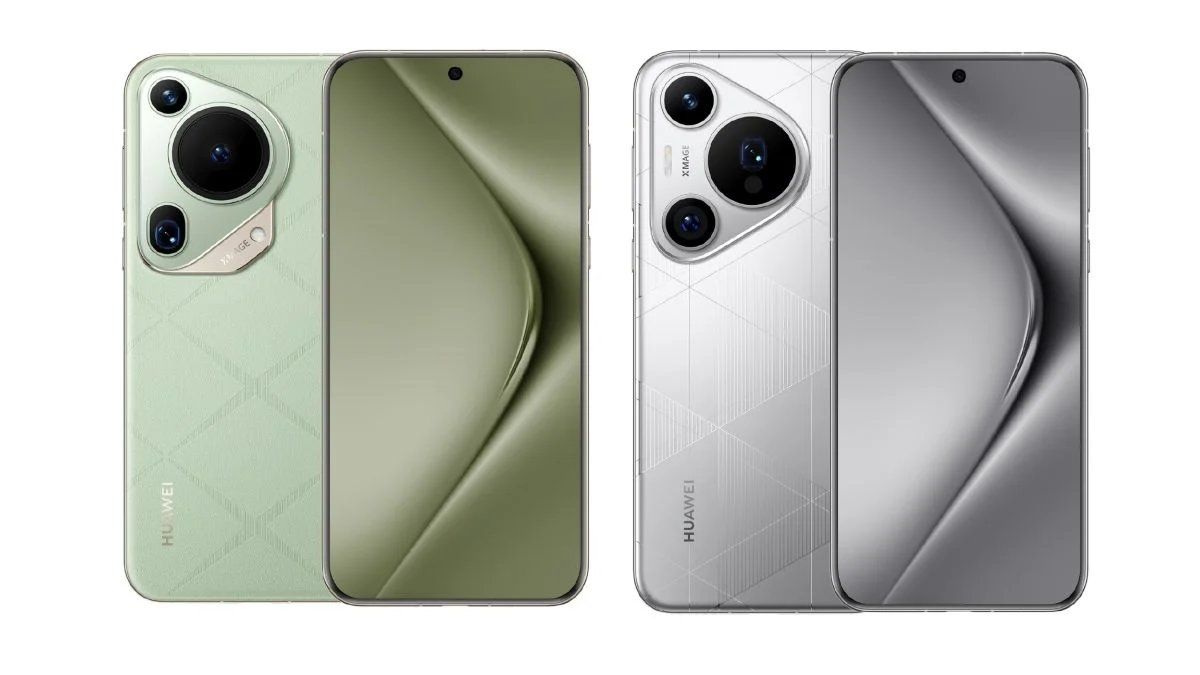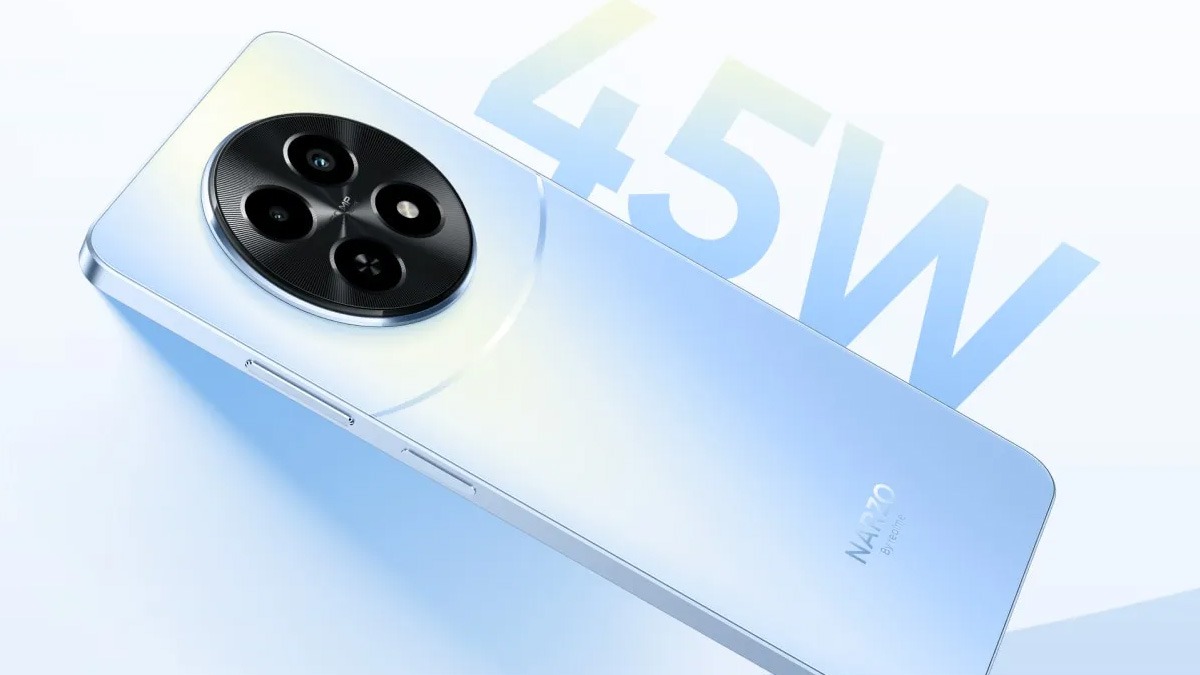Just In
- 28 min ago

- 33 min ago

- 1 hr ago

- 1 hr ago

Don't Miss
- Sports
 ONE Friday Fights 59 Results: Yamin Beats Ouraghi In Freak Stoppage, Yodthongthai Topples Petnamngam
ONE Friday Fights 59 Results: Yamin Beats Ouraghi In Freak Stoppage, Yodthongthai Topples Petnamngam - News
 Bengaluru Traffic Alert: Avoid These Roads On April 20 Between 1 PM To 7 PM
Bengaluru Traffic Alert: Avoid These Roads On April 20 Between 1 PM To 7 PM - Lifestyle
 Mahavir Jayanti 2024: Date, Time, History, Celebrations And Teachings Of Lord Mahavir In Jainism
Mahavir Jayanti 2024: Date, Time, History, Celebrations And Teachings Of Lord Mahavir In Jainism - Automobiles
 Ford Mustang 60th Anniversary Package – Limited To Just 1,965 Units
Ford Mustang 60th Anniversary Package – Limited To Just 1,965 Units - Movies
 Paarijatha Parvam Full Movie Leaked Online In HD For Free Download Hours After Its Theatrical Release
Paarijatha Parvam Full Movie Leaked Online In HD For Free Download Hours After Its Theatrical Release - Finance
 Daily Relative Strength Index RSI In A Bullish Mode of This Pharma Stock; Buy For TP Rs 635-685
Daily Relative Strength Index RSI In A Bullish Mode of This Pharma Stock; Buy For TP Rs 635-685 - Education
 Exam Pressure Does Not Exist; Studying Punctually is Crucial; Says Aditi, the PSEB 2024 Topper
Exam Pressure Does Not Exist; Studying Punctually is Crucial; Says Aditi, the PSEB 2024 Topper - Travel
 Journey From Delhi To Ooty: Top Transport Options And Attractions
Journey From Delhi To Ooty: Top Transport Options And Attractions
NASA Altering James Webb Telescope’s Orbit To Prevent Meteorite Strikes

NASA is making some changes to James Webb Space Telescope’s orbit in a bid to avoid micrometeorite strikes. The advanced space telescope has already been hit with 14 measurable micrometeoroids on its primary mirror. "We have experienced 14 measurable micrometeoroid hits on our primary mirror, and are averaging one to two per month, as anticipated," said Mike Menzel, Webb’s lead mission systems engineer.
Menzel said that earlier this year a meteorite impact left a larger-than-expected dent in one of James Webb’s 18 hexagonal mirror segments. "The resulting optical errors from all but one of these were well within what we had budgeted and expected when building the observatory," he said.
Thankfully, despite the big dent in mirror segment C3, the telescope’s optical performance hasn’t been affected and is still functioning double the expectations.
Altering James Webb’s Orbit
While the meteorite strike was a rare event, a team of experts has decided that future observations will be made by facing the space observatory away from the "micrometeoroid avoidance zone."
The reason behind changing the telescope’s face the other way is that even if meteorites hit the telescope, its mirrors won’t be affected.
"Micrometeoroids that strike the mirror head-on (moving opposite the direction the telescope is moving) have twice the relative velocity and four times the kinetic energy," said Lee Feinberg, Webb optical telescope element manager, "so avoiding this direction when feasible will help extend the exquisite optical performance for decades."
While James Webb would still be able to observe the same targets, it will still have to wait until it reaches a different point in its orbit.
Why Does James Webb Use Golden Mirrors?
There are two main reasons why the sophisticated space observatory uses gold mirrors. According to Paul Geithner, Deputy Project Manager for JWST at NASA, one reason is observing the UV and visible light emitted by the early luminous objects that have stretched due to the expansion of the universe.
Another important reason is the planets and stars take birth in clouds of dust and gas, and this dust can come in the way of a telescope’s vision. Infrared light passes through these clouds and enables the JWST to see the objects inside. To observe infrared light, JWST’s mirrors have been made to reflect as much light as they can.
-
99,999
-
1,29,999
-
69,999
-
41,999
-
64,999
-
99,999
-
29,999
-
63,999
-
39,999
-
1,56,900
-
79,900
-
1,39,900
-
1,29,900
-
65,900
-
1,56,900
-
1,30,990
-
76,990
-
16,499
-
30,700
-
12,999
-
62,425
-
1,15,909
-
93,635
-
75,804
-
9,999
-
11,999
-
3,999
-
2,500
-
3,599
-
8,893











































